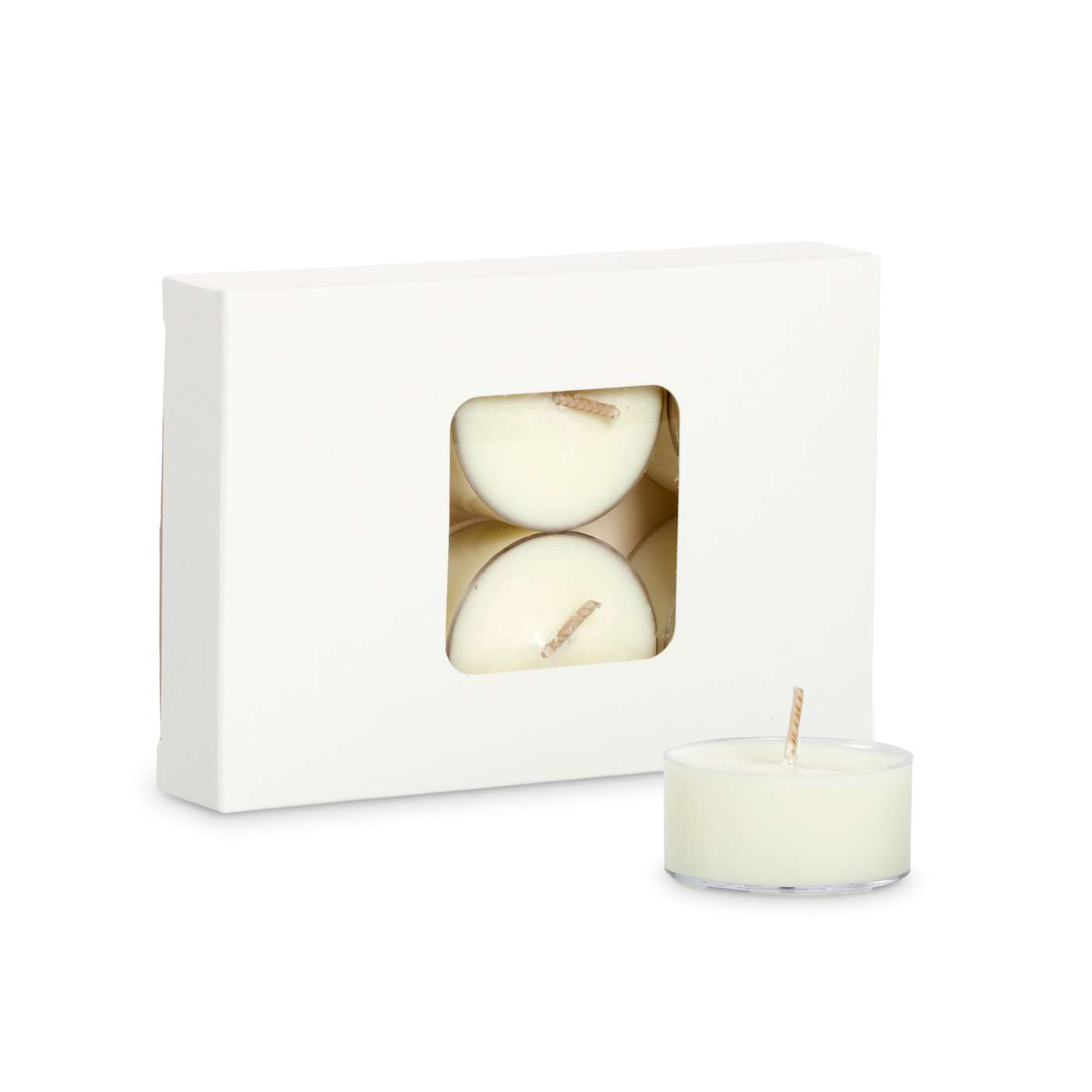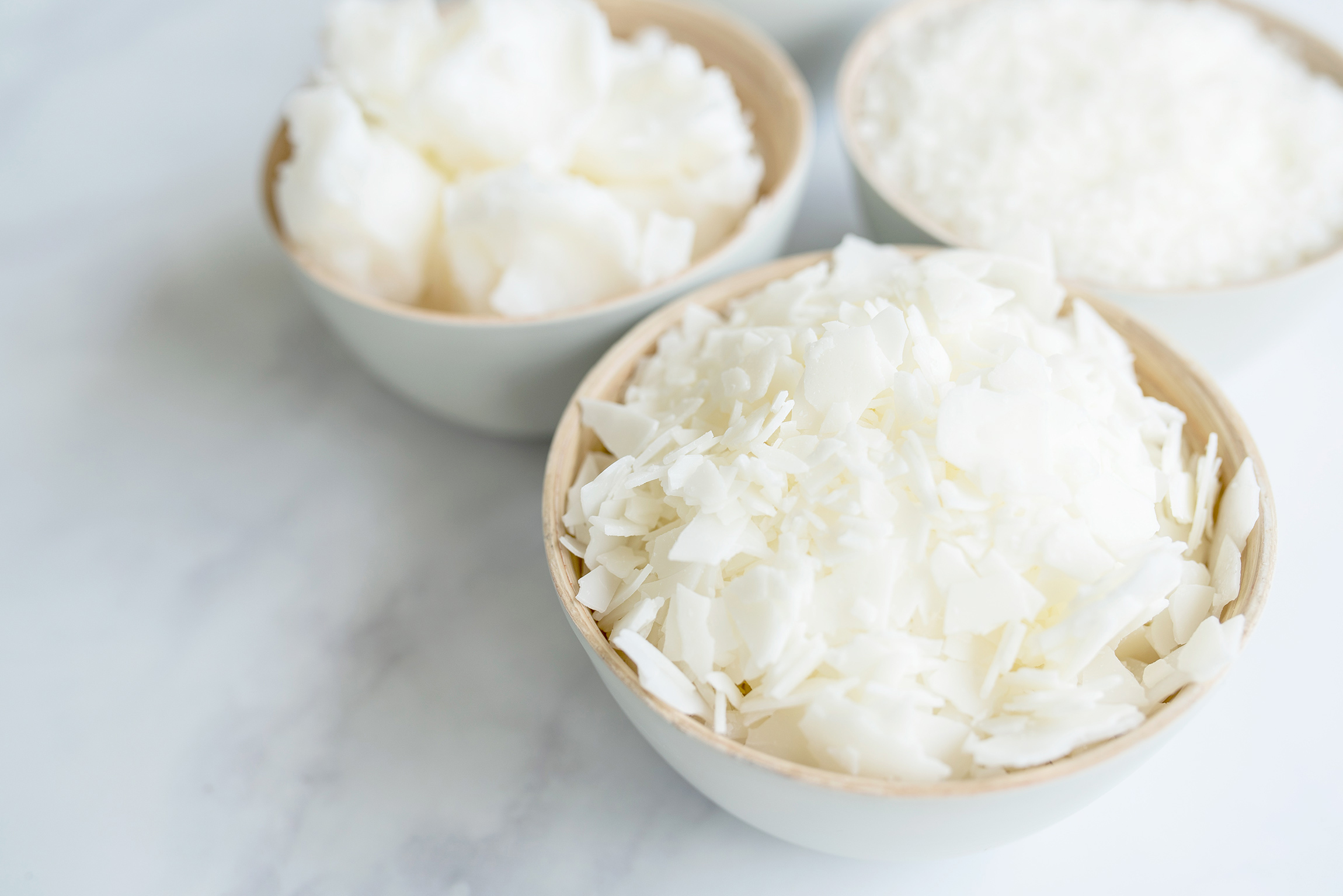Learn the Magic of Crystal Soy Candles and Home Fragrance
Learn the Magic of Crystal Soy Candles and Home Fragrance
Blog Article
From Wick to Wax: Recognizing the Chemistry Behind Soy Wax Candles and Their Ecological Effect
As we brighten our rooms with the cozy radiance of candles, there lies a realm of intricate chemistry behind the apparently straightforward act of lighting a soy wax candle light. Join us as we untangle the scientific details behind soy wax candle lights and explore their effects on our atmosphere.
Soy Wax Vs. Paraffin Wax
When comparing soy wax and paraffin wax for candle light production, it is vital to comprehend the unique attributes and benefits of each product. Soy wax is an all-natural, renewable energy originated from soybean oil, making it environmentally friendly and biodegradable - candles. In contrast, paraffin wax is a result of oil refining, which raises problems about its environmental influence and sustainability
Soy wax candles burn cleaner and discharge less residue compared to paraffin wax candle lights, making them a much healthier choice for indoor air high quality. Furthermore, soy wax has a lower melting point, permitting for a longer-lasting candle that distributes fragrance much more successfully. Paraffin wax, on the other hand, has a tendency to burn faster and less cleanly, potentially releasing harmful chemicals into the air.
From a sustainability point of view, soy wax is favored for its biodegradability and sustainable sourcing, straightening with the growing consumer choice for ecologically aware products. While paraffin wax has actually been a traditional choice in candle light making because of its price and convenience of use, the change towards green alternatives like soy wax is obtaining energy in the industry.
Chemical Composition of Soy Wax

Burning Refine in Soy Candles
The chemical composition of soy wax straight affects the burning procedure in soy candles, affecting variables such as burn time, aroma launch, and environmental impact. When a soy candle is lit, the warmth from the fire melts the wax near the wick.
The combustion effectiveness of soy candle lights is affected by the purity of the soy wax and the high quality of the wick. In addition, soy wax candles have a lower ecological effect contrasted to paraffin candle lights due to their eco-friendly and eco-friendly nature.

Environmental Benefits of Soy Wax

Taken into consideration a lasting alternative to conventional paraffin you can try here wax, soy wax uses significant ecological advantages that make it a preferred selection among eco-conscious customers. One significant benefit of soy wax is its renewable sourcing. Soy wax is originated from soybean oil, which is primarily grown in the United States. The cultivation of soybeans aids sustain local farmers and minimizes the reliance on non-renewable nonrenewable fuel sources made use of in paraffin wax production. Furthermore, soy wax is biodegradable, implying it breaks down normally without launching harmful toxic substances into the setting. This characteristic makes soy wax candles a more ecologically friendly alternative contrasted to paraffin wax candles, which are made from oil, a non-renewable source. Soy wax burns cleaner and generates much less soot than paraffin wax, adding to better indoor air top quality and decreasing the need for cleaning and upkeep. On the whole, the ecological advantages of soy wax straighten with the expanding need for eco-friendly and lasting items in the marketplace.
Recycling and Disposal Factors To Consider
Recycling and appropriate disposal of soy wax candle lights play a crucial role in keeping environmental sustainability and reducing waste in areas and families. When it comes to reusing soy wax candles, the initial step is to make sure that the candle light has actually melted completely.

In terms of disposal, if recycling is not a choice, soy wax candles are biodegradable and can be safely gotten rid of in most house waste systems. However, it is constantly advised to consult neighborhood reusing centers or waste monitoring solutions for specific guidelines on candle disposal to make sure appropriate handling and ecological protection.
Conclusion
Finally, the chemistry behind soy wax candle lights reveals their environmental advantages over paraffin wax candles. Soy wax, originated from soybean oil, burns cleaner and produces much less soot when contrasted to paraffin wax. The burning procedure in soy candles is more effective, bring about a much longer and more even melt. Additionally, soy wax is biodegradable and sustainable, making it a much more sustainable choice for candle light manufacturing. Recycling and appropriate disposal of soy wax candle lights better add to their ecological effect.
When comparing soy wax and paraffin wax for candle light making, it is crucial to recognize the distinct characteristics and advantages of each product (soy wax candles).Soy wax candle lights shed cleaner and give off less residue contrasted to paraffin wax candle lights, making them a healthier choice for indoor air high quality.Taken into consideration a lasting option to standard paraffin wax, soy wax supplies notable environmental advantages that make it a preferred selection among eco-conscious customers. Soy wax burns cleaner and produces less soot than paraffin wax, adding to better interior air quality and minimizing the need for cleansing and upkeep.In conclusion, the chemistry behind soy wax candles exposes their environmental benefits over paraffin wax candles
Report this page